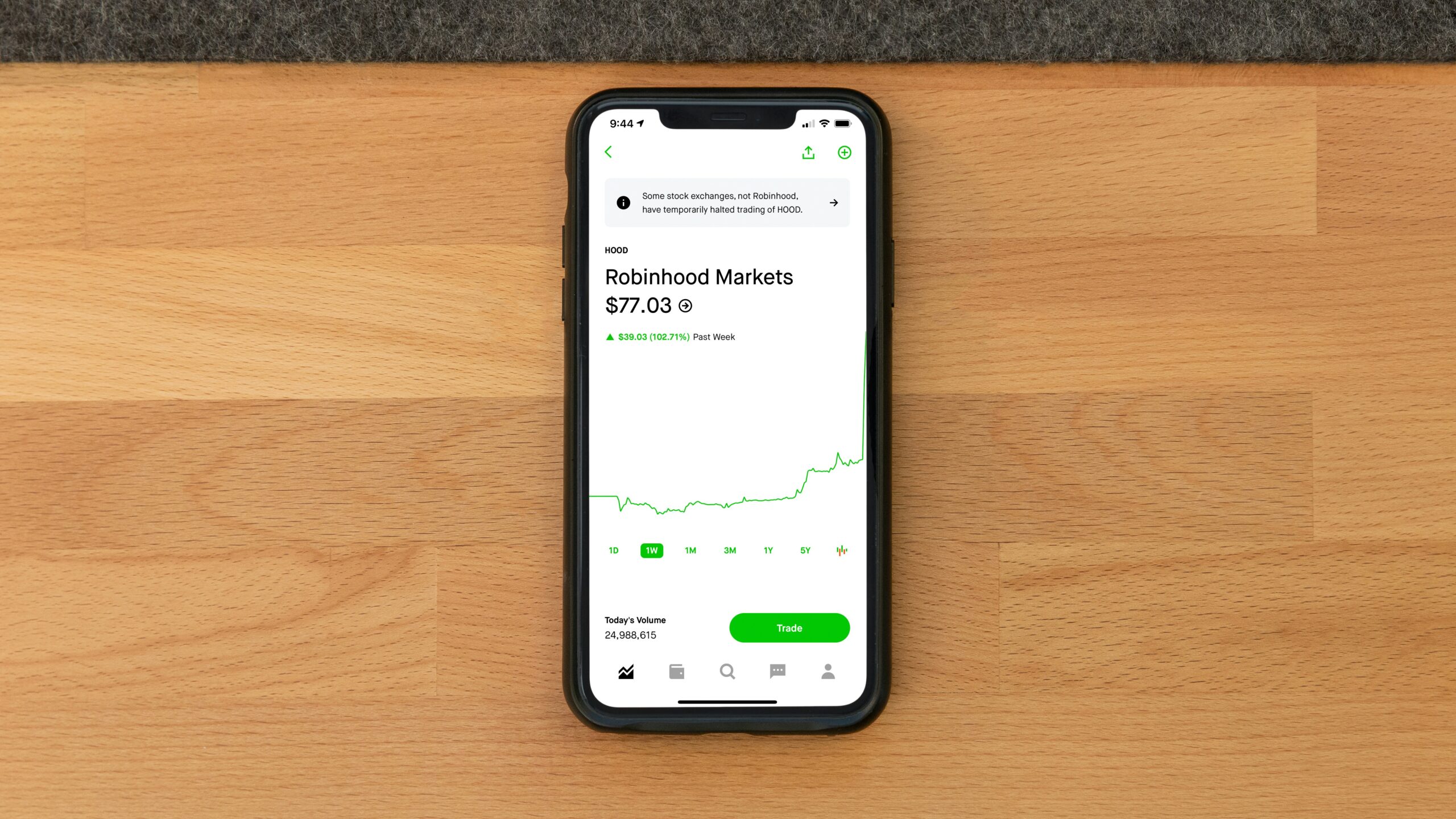Auto insurance is like a seatbelt—an essential component that offers protection during unexpected moments on the road. Just as you wouldn’t drive without buckling up, it’s wise not to drive without proper auto insurance.
Why Auto Insurance is Crucial
Driving can be unpredictable. Even the most cautious drivers are vulnerable to unforeseen events, such as accidents or natural disasters. Auto insurance not only protects your vehicle but also helps cover medical expenses and legal fees if you're involved in a serious accident. It’s an investment in your safety and financial security, ensuring that you can navigate life's twists and turns with confidence.
What is an Insurance Bundle?
Insurance bundling is the practice of combining multiple policies—usually home and auto—under one umbrella with the same insurance provider. This approach offers several advantages, from cost savings to simplified management.
How Bundling Works
When you bundle your insurance policies, the insurer assesses the combined risk and offers a discount based on the idea that managing multiple policies is more efficient and less risky than handling them separately. Think of it as buying in bulk; the more you purchase, the more you save. Bundling can lead to significant discounts and make it easier to keep track of your policies with a single point of contact.
The Appeal of Bundling
- Cost Savings: Many insurers offer attractive discounts when you bundle policies.
- Convenience: Managing one policy instead of several simplifies your financial life.
- Streamlined Claims Process: Handling claims through one provider can be more straightforward.
- Enhanced Coverage Options: Some companies offer exclusive benefits or coverage enhancements for bundled policies.
Bundling insurance is like getting a combo meal at your favorite restaurant—you receive more for less, with the added benefit of simplicity.
Benefits of Bundling Your Insurance
Bundling your home and auto insurance can offer a range of benefits beyond just potential cost savings. It’s about maximizing value and efficiency.
Financial Savings
The most attractive benefit is the discount many insurers provide for bundled policies. When you combine your home and auto insurance, the overall premium is often lower than purchasing them separately. This can add up to substantial savings over time, freeing up your budget for other important expenses.
Simplified Management
Handling multiple policies with different providers can be complicated and time-consuming. Bundling simplifies this by allowing you to manage your policies through one company. This means a single renewal date, one customer service department, and one claims process—a much more streamlined experience.
Increased Coverage Options
Some insurers offer enhanced coverage options or additional perks for customers who bundle their policies. This might include accident forgiveness, roadside assistance, or even premium discounts that aren’t available for standalone policies. Bundling gives you access to these benefits, ensuring you’re not only saving money but also getting better coverage.
Improved Customer Service
When you bundle your policies, you build a relationship with one provider. Over time, this can lead to more personalized service and a better understanding of your needs. Your insurer may be more willing to work with you during claims or offer tailored advice on maintaining your coverage, leading to a more satisfying experience overall.
How to Compare Bundle Quotes
Comparing insurance bundle quotes can seem overwhelming at first, but breaking it down into a few simple steps can make the process much more manageable.
Step 1: Gather Your Information
Before you start comparing quotes, it’s crucial to have all your personal information and details about your home and vehicle ready. This includes:
- Property details (location, size, construction type)
- Vehicle information (make, model, year, mileage)
- Current insurance policies and claim history
Having all this information at hand ensures that the quotes you receive are accurate and comparable.
Step 2: Use Online Tools and Calculators
Many insurance providers offer online tools that allow you to input your details and receive a preliminary quote. These tools can help you quickly compare different options and get a ballpark figure for what you might expect to pay for a bundled policy.
Step 3: Speak with an Agent
While online tools are convenient, speaking directly with an insurance agent can provide deeper insights. Agents can explain the fine print, help you understand the nuances of each policy, and sometimes even offer custom discounts that aren’t advertised online.
Step 4: Compare Coverage Details
It’s essential not to focus solely on the premium cost. Compare the coverage details of each bundle. Look at the limits, deductibles, exclusions, and any additional benefits that come with the policy. A slightly higher premium might offer significantly better protection.
Step 5: Evaluate Customer Reviews
Customer feedback can offer valuable insights into an insurer’s claims process and customer service quality. Look for reviews that mention how quickly claims are handled, the ease of getting support, and overall customer satisfaction.
Comparing bundle quotes is like shopping for a car—you wouldn’t just choose the cheapest option without test-driving it first. Taking the time to thoroughly evaluate each quote ensures that you get the best deal for your needs.
Key Factors to Consider
When evaluating home and auto insurance bundle quotes, there are several critical factors you should keep in mind.
Coverage Limits and Deductibles
Understanding your coverage limits is essential. These limits define the maximum amount your insurer will pay out in the event of a claim. Similarly, the deductible—the amount you must pay out-of-pocket before the insurance kicks in—can significantly impact your premium. A lower deductible might lead to a higher premium, and vice versa.
Discounts and Savings Opportunities
Look for additional discounts that could be available with a bundled policy. Some insurers offer loyalty discounts, safe driver discounts, or even discounts for installing security systems in your home. Make sure you ask about all available savings opportunities.
Exclusions and Fine Print
Every insurance policy has exclusions—situations or items that aren’t covered. Carefully read the fine print to ensure you fully understand what is and isn’t included in the policy. If something isn’t covered, you might need to consider purchasing additional coverage.
Financial Strength of the Insurer
It’s important to choose an insurance company with a solid reputation and strong financial stability. This ensures that they will be able to pay out claims when needed. You can check ratings from independent agencies to gauge an insurer’s reliability.
Customer Service and Claims Process
A policy isn’t worth much if the claims process is a nightmare. Research how well each insurer handles claims. Efficient and empathetic customer service can make all the difference when you need to file a claim.
By focusing on these key factors, you can make a well-informed decision and select a policy that not only saves you money but also offers the robust coverage you need.
Tips for Getting the Best Rates
Getting the best rates for your insurance bundle is a bit like negotiating at a flea market—you need to be prepared, informed, and willing to ask the right questions.
Maintain a Good Credit Score
Many insurers use your credit score as one of the factors in determining your premium. Keeping a good credit score can help you secure lower rates. Pay your bills on time, reduce outstanding debts, and monitor your credit report for inaccuracies.
Bundle Wisely
While bundling offers discounts, ensure that both your home and auto policies are competitive in terms of coverage and cost. Don’t bundle just for the sake of a discount; make sure you’re still getting the coverage that meets your needs.
Consider Increasing Deductibles
If you’re comfortable with a higher deductible, increasing it can lower your premium. Just ensure that you have enough savings to cover the deductible in the event of a claim. It’s a balancing act between immediate savings and potential out-of-pocket costs.
Ask About Additional Discounts
Don’t be shy about asking for every discount available. Some companies offer discounts for things like safe driving, installing security systems at home, or even being a loyal customer for multiple years.
Review and Update Regularly
Your insurance needs can change over time. It’s wise to review your policies annually and update them as necessary. This ensures you’re not overpaying for coverage you no longer need or missing out on new discounts.
Following these tips can significantly lower your insurance costs while ensuring that you have the protection you need. Think of it as tuning up your car—regular maintenance and smart adjustments lead to long-term savings and better performance.
Common Misconceptions About Bundling
There are several myths about bundling home and auto insurance that can confuse consumers. Let’s clear up a few common misconceptions.
Myth 1: Bundling Always Saves Money
While bundling can lead to discounts, it doesn’t automatically guarantee the lowest overall cost. It’s important to compare the bundled price with standalone policies to ensure you’re actually saving money.
Myth 2: Bundled Policies Are Less Comprehensive
Some consumers worry that bundled policies might skimp on coverage details. However, most insurers offer the same level of protection in a bundled policy as they do with separate policies. Always read the policy details to be sure.
Myth 3: You’re Locked In
Another common misconception is that once you bundle, you’re stuck with that provider for life. In reality, you can switch providers during renewal periods if you find a better deal elsewhere. Just be aware of any cancellation fees or penalties that might apply.
Myth 4: Bundling Complicates the Claims Process
Many people believe that dealing with one insurer for multiple claims could complicate the process. On the contrary, bundling often streamlines the claims process, as you only need to deal with one company when an incident occurs.
Dispelling these myths helps you approach bundling with a clear understanding, ensuring that you make decisions based on facts rather than misconceptions.
The Role of Deductibles in Bundled Policies
Deductibles are a key element of any insurance policy, and bundled policies are no exception. Understanding how deductibles work can help you balance your premium costs with your risk tolerance.
What is a Deductible?
A deductible is the amount you agree to pay out-of-pocket before your insurance coverage kicks in. For example, if you have a $500 deductible and file a claim for $3,000 in damages, you will pay the first $500, and your insurer will cover the remaining $2,500.
How Deductibles Affect Your Premium
Generally, choosing a higher deductible can lower your monthly premium. However, it’s a trade-off: while you might save money on your premium, you could end up paying more out-of-pocket in the event of a claim. Conversely, a lower deductible may result in higher monthly payments but lower costs when you file a claim.
Bundled Policies and Deductibles
When bundling, some insurers offer flexible deductible options that apply to both your home and auto policies. This flexibility allows you to customize your coverage to match your financial situation and risk preferences. It’s important to consider how a change in the deductible for one policy might impact the overall cost and benefits of the bundled package.
Understanding the role of deductibles is essential for making informed decisions about your coverage. It’s much like choosing a health plan—you need to balance the cost of premiums with the potential cost of medical bills. With the right approach, you can tailor your bundled policy to provide optimal protection while remaining affordable.


































